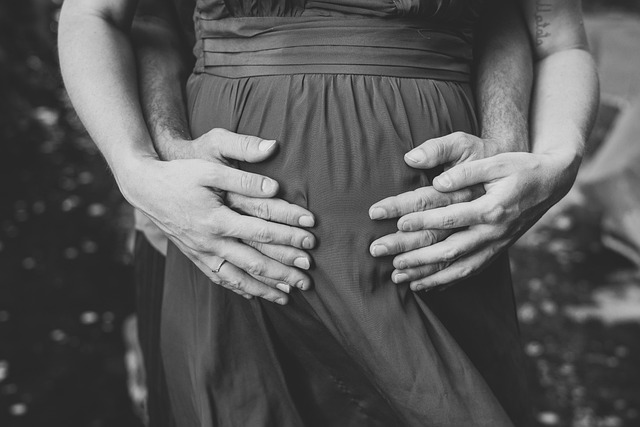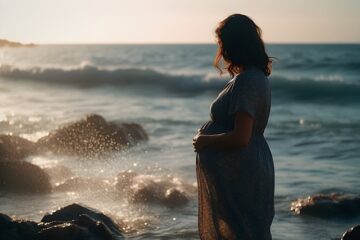What does “poor responders” mean?
“Poor ovarian response” refers to a patient’s inability to respond appropriately to standard protocols and to recruit sufficient follicles. This decreases oocyte production, causes cycles to be canceled, and, overall, is linked to a significantly lower chance of pregnancy.
Controlled ovarian hyperstimulation (COH) has added to the progress of helped generation methods (Craftsmanship), in vitro treatment (IVF), and undeveloped organism move (ET). The effectiveness of these methods seems to be dependent on a COH protocol tailored to each patient. In many patients, the response to ovarian stimulation protocols is not always the same or as expected.
On a standard stimulation regimen (150 IU human menopausal gonadotrophins), a poor responder had a peak estradiol concentration of 300 pg/mL and poor follicle production, resulting in fewer eggs being retrieved and, consequently, fewer embryos being transferred. This definition of a poor responder first appeared in 1983.
According to the research, for an unsuccessful IVF cycle, at least two of the following three characteristics must be present:
- a previous POR
- an abnormal ovarian reserve test
- advanced maternal age or any other risk factor for poor ovarian response (POR).
Is this a problem that occurs frequently?
The event of unfortunate reaction to ovarian excitement isn’t rare; The amount of poor responders found in the literature ranges from 9 to 24 percent. This range is wide because it varies depending on the IVF centers’ definitions of poor responders. 14.1% of initial cycles were canceled, according to data from the ASRM/SART registry.
Who are poor responders?
At least fifty percent of these were poor respondents. While numerous criteria have been proposed by researchers to describe the situation of “poor responders,” there is no universal definition. The quantity of created follicles and the number of oocytes recovered after a standard feeling convention are the main measures. The authors’ estimates vary, and they range from less than three to less than five retrieved oocytes and less than three to less than five dominant follicles on the day of hCG administration.
Can low response rates be categorized?
The various definitions proposed for poor ovarian reaction can be generally ordered into two subgroups; those whose ovarian reserve tests or other factors, such as age, ovarian surgery, or other factors, indicate that they will have a poor ovarian response, as defined by the retrospective definition.
Poor responders are categorized by some researchers into two subgroups:
- The first group includes patients younger than 37 years old and of slim build (less than 70 kg) who do not reach oocyte retrieval or who require more than 600 IU of gonadotropin for each retrieved oocyte after nine days of ovarian stimulation with 225 IU/day.
- The second, incorporates patients who are >37 years old and weigh>70 kg and their cycles have been dropped because of the development of under five follicles following 9 days of ovarian excitement with 300 IU/day of gonadotropins.
Patients with a low response to previous IVF and normal basal FSH levels are further divided into young patients with non-fluctuating high FSH levels and older patients with an abnormal endocrinological profile.
What are some possible causes of low ovarian response?
It is unknown what causes an ineffective response to ovarian stimulation. Low ovarian reserve is the most common etiological factor in younger women, despite the fact that the condition is highly correlated with maternal age. Additionally, advanced endometriosis, previous ovarian surgery, pelvic adhesions, an elevated BMI, or smoking may all contribute to low ovarian reserve. However, young women who do not smoke and whose ovarian reserves appear to be normal may also experience this condition unexpectedly.
What could be the mechanism?
Studies have shown that poor ovarian reaction is the main indication of ovarian maturing (early ovarian disappointment or early menopause). A shorter follicular phase, which reduces the amount of time available to recruit sufficient follicles, is clinical evidence of this. The following are some possible causes of poor ovarian response: diminished circulating gonadotropin surge-attenuating factor (GnSAF) bioactivity, an inadequate local vascular network for the distribution of gonadotropins, the presence of autoantibodies against granulosa cells, an excess of vascular growth factor receptor (VEGFR-1) and abnormal levels of IGF-I and IGF-II, and a decreased number of FSH receptors in granulosa cells.
The ovarian response to the action of follicle-stimulating hormone (FSH) varies significantly between women. The study of variation in the gene that encodes the FSH receptor (FSHR) or genes of the estrogen pathway has recently yielded new insights. Several FSHR gene polymorphisms have been identified, with Ser680Asn and Thr307Ala receiving the most research attention. In women undergoing in vitro fertilization (IVF) and in women with the genotype Ser/Ser, in whom the FSHR appears to be more resistant to FSH action, it has been discovered that the Ser680Asn polymorphism of the FSHR gene influences the ovarian response to FSH stimulation. This finding has significant clinical implications:
- the ultimate objective is to use genetic markers as routine diagnostic tests before ovarian stimulation to predict ovarian response
- figure out how much FSH is needed
- avoid potential problems with FSH stimulation.
Can a negative ovarian response be anticipated?
Regardless of being troublesome, it is of outrageous significance to foresee who will be an unfortunate responder, since excitement conventions ought to be individualized by the states of each case. On the other hand, a number of tests have been suggested for predicting ovarian reserve, which can provide an idea of the response from the ovary. These incorporate static, dynamic, and sonographic tests.
Reference




